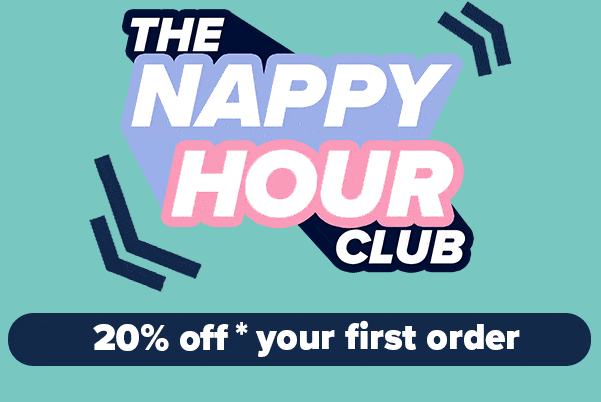Introduction
As with learning anything new, practice makes perfect. Babies don't always enjoy changes to their routine, and that's why it's essential to take some time and conduct a trial and error period. All of our babies are unique, which makes them both incredibly wonderful and frustratingly mysterious at times. Switching from breast to bottle can be challenging, but your little one likely just needs a bit of support and encouragement.
Nipple Confusion
What to expect describes nipple confusion as "Nipple confusion" is a term used to describe babies who are used to sucking from bottles and have a hard time getting back on the breast. They may protest the different size or texture of a mom's nipple." Your baby isn't confused. She's just finding the bottle easier to extract milk from than the breast. It isn't usually an issue, and your baby will likely learn very quickly how to switch between the breast and the bottle.
Your Baby Misses Mum
If you have been breastfeeding and are looking to switch to the bottle, your baby might simply miss the smell, taste and touch of Mum's body when she feeds. Try wrapping the bottle in a top or blanket that smells like Mum. You might find that baby is much happier to feed from the bottle when she can still feel close to her Mum.

Mum Might Need To Step Back
Alternatively, your baby might need to bottlefeed with someone completely unassociated with breastfeeding. Let someone else step in, and your baby will be less likely to expect the breast and accept the bottle. It might even be better if Mum tries being out of the house the first couple of times you try using the bottle. If your baby sees her Mum, she'll expect to breastfeed.
Change Location for Bottle feeding If your baby is used to feeding from the breast in specific locations or positions, they might associate that method with breastfeeding. It may help to try different locations, temperatures and positions to encourage your baby to recognise these new places and positions as time for the bottle and not the breast. Some babies form a strong association to the spot where they normally breastfeed. Switching to a different environment can help when introducing a bottle.
Test The Temperature
Gabriella Goodchild, a professional dietician, when writing for childrensnutricion.co.uk, suggests,
"Breastmilk is warm, so your baby is likely to prefer the bottle (whether breast or formula) at a similar temperature."
However, some babies prefer cold milk to warm milk, so it is worth investigating in their preference. We can recommend a bottle and food warmer to aid in your investigations. Once you've found the right temperature, this essential piece of parenting equipment saves time and heats food safely without worrying about the temperature not being consistent.
Feed Before They're Hungry And Switch Positions
When first introducing the bottle, it's better to try feeding when your baby is relaxed and not when they're already crying for milk. It's also worth considering the position you're feeding her in, as some babies prefer to feed in the same position as when they breastfeed, but others prefer a different position. Try bottle feeding with the baby facing away from the caregiver and rocking her gently throughout. You can also walk with her in your arms whilst feeding her, as the distraction of movement can help them accept the bottle.

Try "introducing the mouth to the bottle" rather than trying to get the baby to drink
Lacted.org recommends the following solution to support the shift from breast to bottle:
Step 1: Bring the nipple (no bottle attached) to the baby's mouth and rub it along the baby's gums and inner cheeks, allowing the baby to get used to the feeling and texture of the nipple. If the baby doesn't like this, try again later.
Step 2: Once the baby accepts the nipple in her mouth, encourage her to suck on the nipple. Place your finger inside the nipple hole without the bottle attached and rub the nipple gently against the baby's tongue.
Step 3: When the baby is comfortable with the first two steps, pour some drops of milk into the nipple without attaching the nipple to the bottle. Start by offering small sips of milk, making sure to stop when the baby shows that she has had enough.
Don't Try To Push Through It's ok if your baby whines and makes her normal feeding sounds, but don't force her if she starts to cry and scream in protest. You might be tired or frustrated and want to make this work because you struggle with breastfeeding or need to get back to work. This is all absolutely normal, and you are not alone. We recommend you start by letting baby roll their tongue over the teat to get used to the feeling. Once they feel comfortable with it, encourage them to take a few sucks. It’s important to reward these first small steps from your baby with reassurance and positivity. As with almost everything in parenting, patience is your best support.
